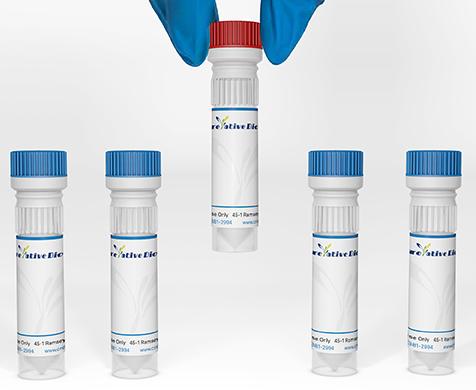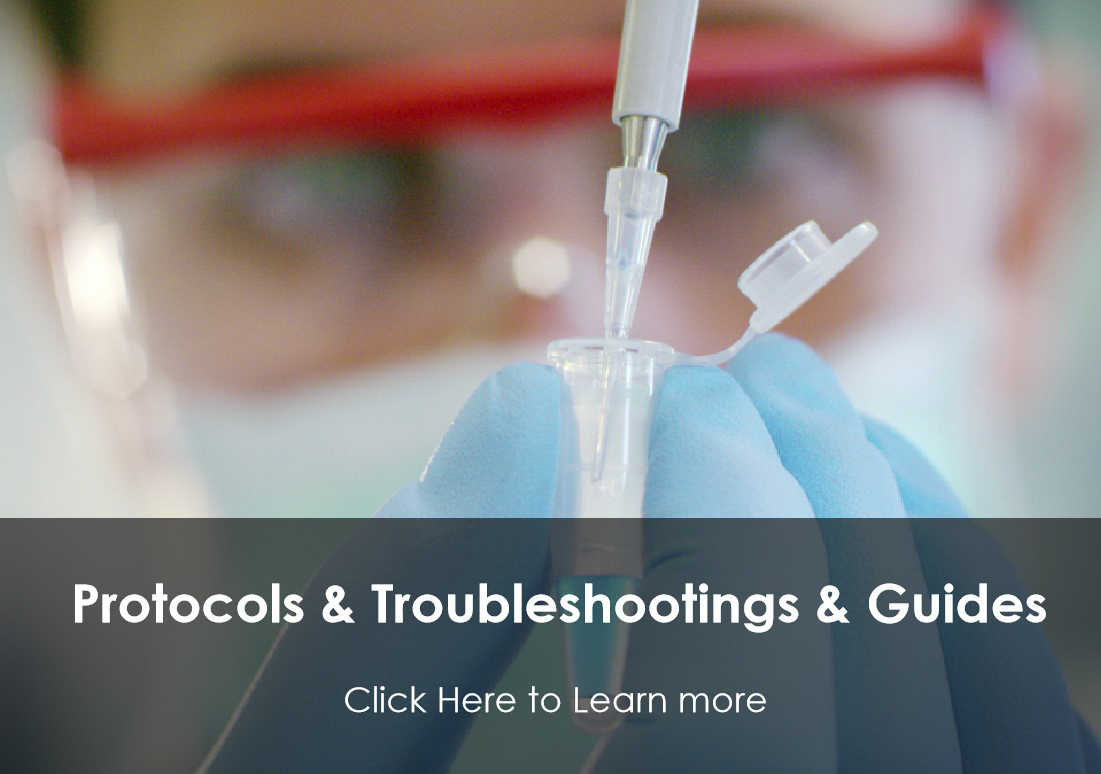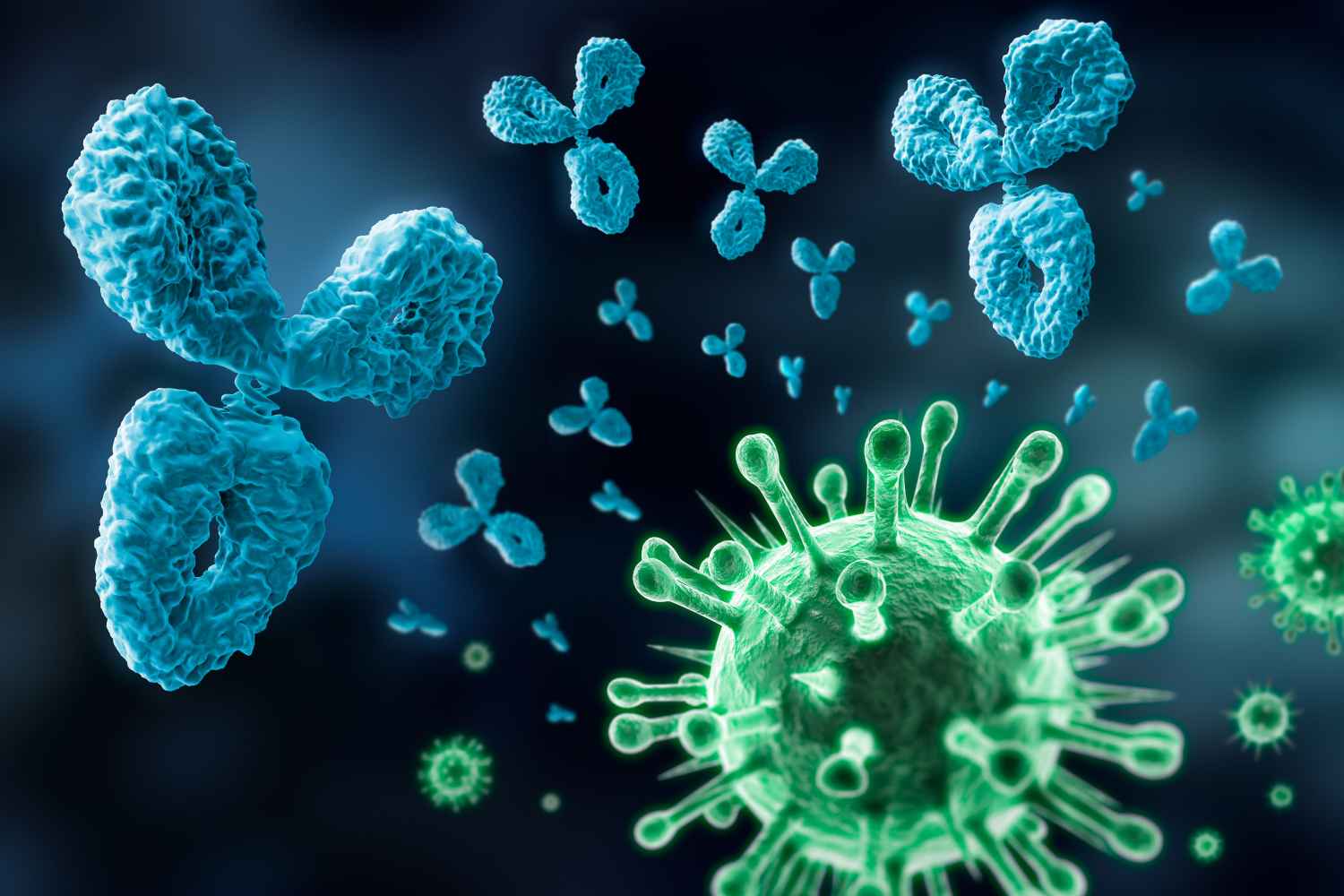NRG2
Neuregulin 2 (NRG2) is a novel member of the neuregulin family of growth and differentiation factors. Through interaction with the Erbb family of receptors, NRG2 induces the growth and differentiation of epithelial, neuronal, glial, and other types of cells. The gene consists of 12 exons and the genomic structure is similar to that of neuregulin 1 (NRG1), another member of the neuregulin family of ligands. NRG1 and NRG2 mediate distinct biological processes by acting at different sites in tissues and eliciting different biological responses in cells. The gene is located close to the region for demyelinating Charcot-Marie-Tooth disease locus, but is not responsible for this disease. Alternative transcripts encoding distinct isoforms have been described. [provided by RefSeq]
Full Name
neuregulin 2
Function
Direct ligand for ERBB3 and ERBB4 tyrosine kinase receptors. Concomitantly recruits ERBB1 and ERBB2 coreceptors, resulting in ligand-stimulated tyrosine phosphorylation and activation of the ERBB receptors. May also promote the heterodimerization with the EGF receptor.
Biological Process
Animal organ developmentManual Assertion Based On ExperimentIBA:GO_Central
Intracellular signal transductionManual Assertion Based On ExperimentIBA:GO_Central
Nervous system developmentIEA:InterPro
Signal transductionManual Assertion Based On ExperimentTAS:ProtInc
Intracellular signal transductionManual Assertion Based On ExperimentIBA:GO_Central
Nervous system developmentIEA:InterPro
Signal transductionManual Assertion Based On ExperimentTAS:ProtInc
Cellular Location
Pro-neuregulin-2, membrane-bound isoform
Cell membrane
Does not seem to be active.
Neuregulin-2
Secreted
Cell membrane
Does not seem to be active.
Neuregulin-2
Secreted
Topology
Extracellular: 112-405
Helical: 406-426
Cytoplasmic: 427-850
Helical: 406-426
Cytoplasmic: 427-850
PTM
Proteolytic cleavage close to the plasma membrane on the external face leads to the release of the soluble growth factor form.By Similarity
Extensive glycosylation precedes the proteolytic cleavage.
Extensive glycosylation precedes the proteolytic cleavage.
View more
Anti-NRG2 antibodies
+ Filters
 Loading...
Loading...
Target: NRG2
Host: Mouse
Specificity: Human, Mouse, Rat
Clone: A-12
Application*: WB, IP, IF, E
Target: NRG2
Host: Mouse
Antibody Isotype: IgG2a, κ
Specificity: Human
Clone: 3D2
Application*: E, WB
Target: NRG2
Host: Mouse
Antibody Isotype: IgG
Specificity: Rat
Clone: CBYCD-566
Application*: WB, IC, P, C, E
More Infomation
Hot products 
-
Rabbit Anti-AKT2 (Phosphorylated S474) Recombinant Antibody (V2-556130) (PTM-CBMAB-0605LY)

-
Mouse Anti-BSN Recombinant Antibody (219E1) (CBMAB-1228-CN)

-
Mouse Anti-CD63 Recombinant Antibody (CBXC-1200) (CBMAB-C1467-CQ)

-
Rat Anti-CD34 Recombinant Antibody (MEC 14.7) (CBMAB-C10196-LY)

-
Mouse Anti-AMIGO2 Recombinant Antibody (CBYY-C0756) (CBMAB-C2192-YY)

-
Mouse Anti-APC Recombinant Antibody (CBYC-A661) (CBMAB-A3036-YC)

-
Mouse Anti-CCN2 Recombinant Antibody (CBFYC-2383) (CBMAB-C2456-FY)

-
Mouse Anti-AOC3 Recombinant Antibody (CBYY-0014) (CBMAB-0014-YY)

-
Mouse Anti-ARSA Recombinant Antibody (CBYC-A799) (CBMAB-A3679-YC)

-
Mouse Anti-ABCA3 Recombinant Antibody (V2-178911) (CBMAB-A0145-YC)

-
Mouse Anti-ALOX5 Recombinant Antibody (33) (CBMAB-1890CQ)

-
Mouse Anti-DISP2 Monoclonal Antibody (F66A4B1) (CBMAB-1112CQ)

-
Mouse Anti-A2M Recombinant Antibody (V2-178822) (CBMAB-A0036-YC)

-
Mouse Anti-2C TCR Recombinant Antibody (V2-1556) (CBMAB-0951-LY)

-
Mouse Anti-ADRB2 Recombinant Antibody (V2-180026) (CBMAB-A1420-YC)

-
Rabbit Anti-ALDOA Recombinant Antibody (D73H4) (CBMAB-A2314-YC)

-
Mouse Anti-ATP1B3 Recombinant Antibody (1E9) (CBMAB-A4021-YC)

-
Mouse Anti-ABIN2 Recombinant Antibody (V2-179106) (CBMAB-A0349-YC)

-
Mouse Anti-CD33 Recombinant Antibody (6C5/2) (CBMAB-C8126-LY)

-
Mouse Anti-ASH1L Monoclonal Antibody (ASH5H03) (CBMAB-1372-YC)

For Research Use Only. Not For Clinical Use.
(P): Predicted
* Abbreviations
- AActivation
- AGAgonist
- APApoptosis
- BBlocking
- BABioassay
- BIBioimaging
- CImmunohistochemistry-Frozen Sections
- CIChromatin Immunoprecipitation
- CTCytotoxicity
- CSCostimulation
- DDepletion
- DBDot Blot
- EELISA
- ECELISA(Cap)
- EDELISA(Det)
- ESELISpot
- EMElectron Microscopy
- FFlow Cytometry
- FNFunction Assay
- GSGel Supershift
- IInhibition
- IAEnzyme Immunoassay
- ICImmunocytochemistry
- IDImmunodiffusion
- IEImmunoelectrophoresis
- IFImmunofluorescence
- IGImmunochromatography
- IHImmunohistochemistry
- IMImmunomicroscopy
- IOImmunoassay
- IPImmunoprecipitation
- ISIntracellular Staining for Flow Cytometry
- LALuminex Assay
- LFLateral Flow Immunoassay
- MMicroarray
- MCMass Cytometry/CyTOF
- MDMeDIP
- MSElectrophoretic Mobility Shift Assay
- NNeutralization
- PImmunohistologyp-Paraffin Sections
- PAPeptide Array
- PEPeptide ELISA
- PLProximity Ligation Assay
- RRadioimmunoassay
- SStimulation
- SESandwich ELISA
- SHIn situ hybridization
- TCTissue Culture
- WBWestern Blot

Online Inquiry







